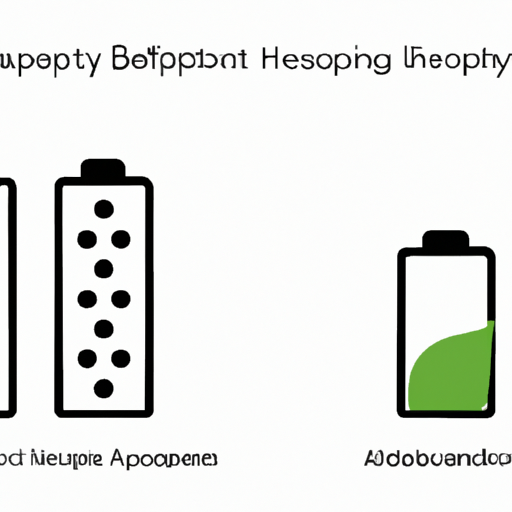Application Development in Non-Rechargeable (Primary) Batteries for Battery Health Care (BHC): Key Technologies and Success Stories
The evolution of non-rechargeable (primary) batteries has been pivotal in meeting the increasing demand for dependable and long-lasting power sources across various sectors, particularly in Battery Health Care (BHC). Below, we explore key technologies and notable success stories that illustrate the advancements in primary battery development.
Key Technologies
| 1. Lithium Primary Batteries | |
| 2. Alkaline Batteries | |
| 3. Zinc-Carbon Batteries | |
| 4. Lithium Thionyl Chloride (Li-SOCl2) Batteries | |
| 5. Silver Oxide Batteries | |
| 1. Medical Devices | |
| 2. Consumer Electronics | |
| 3. Remote Monitoring Systems | |
| 4. Military Applications | |
| 5. Smart Home Devices | |
Success Stories in Application Development
Conclusion

The development of non-rechargeable batteries has been characterized by significant technological advancements and successful applications across various industries. As the demand for reliable, long-lasting power sources continues to rise, innovations in battery chemistry and design will be crucial in addressing these needs. The success stories highlighted above underscore the impact of primary batteries in enhancing the performance and reliability of critical applications, particularly in healthcare, consumer electronics, and remote monitoring. The ongoing evolution in this field promises to further improve the quality of life and operational efficiency across multiple sectors.
Application Development in Non-Rechargeable (Primary) Batteries for Battery Health Care (BHC): Key Technologies and Success Stories
The evolution of non-rechargeable (primary) batteries has been pivotal in meeting the increasing demand for dependable and long-lasting power sources across various sectors, particularly in Battery Health Care (BHC). Below, we explore key technologies and notable success stories that illustrate the advancements in primary battery development.
Key Technologies
| 1. Lithium Primary Batteries | |
| 2. Alkaline Batteries | |
| 3. Zinc-Carbon Batteries | |
| 4. Lithium Thionyl Chloride (Li-SOCl2) Batteries | |
| 5. Silver Oxide Batteries | |
| 1. Medical Devices | |
| 2. Consumer Electronics | |
| 3. Remote Monitoring Systems | |
| 4. Military Applications | |
| 5. Smart Home Devices | |
Success Stories in Application Development
Conclusion

The development of non-rechargeable batteries has been characterized by significant technological advancements and successful applications across various industries. As the demand for reliable, long-lasting power sources continues to rise, innovations in battery chemistry and design will be crucial in addressing these needs. The success stories highlighted above underscore the impact of primary batteries in enhancing the performance and reliability of critical applications, particularly in healthcare, consumer electronics, and remote monitoring. The ongoing evolution in this field promises to further improve the quality of life and operational efficiency across multiple sectors.













